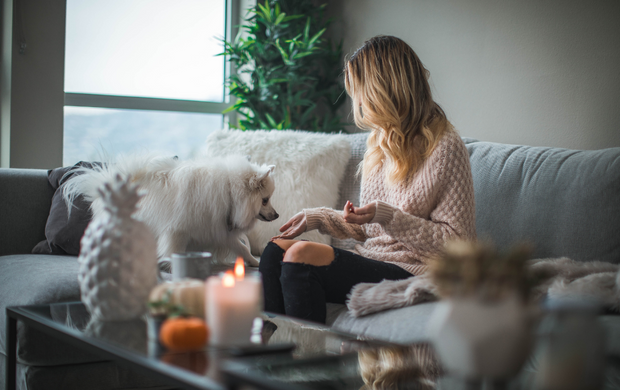Recent years have seen consumers become increasingly aware of their own sense of emotional well-being and of how their shopping choices might support or undermine it. This is in great evidence when we consider the world of home design and decor.
So-called ‘emotional interiors’ not only look the part; they also help homeowners to recover a sense of calm and stability and to provide reassurance that the building they’re sitting in is, in fact, their home. If you need a particular kind of decoration to comfort you and to promote positive emotions, then this might be a trend worth exploring.
Personalisation Through Memory and Meaning
Your choices when it comes to decor and furniture can help to tell a story, as well as serve a function. If you’re a big fan of music, for example, you might have racks of vinyl records in your living room, as well as well-placed speakers to help you enjoy them. The same goes for bookshelves, artworks, and vintage posters. The right items can display a little bit of your personality and help to spark a conversation.
Sensory Design: Touch, Sound, Scent
Human beings are intensely visual creatures. When we design our homes, it’s easy to be biased in the direction of colours and lighting. But other sensory elements can be just as powerful. Aroma, for example, can be a great way to trigger a positive memory or to put you at ease. The same goes for the right music and sounds.
When it comes to visuals, you’ll want to lean into textural contrast – say, by juxtaposing a coarse-knit blanket with a smooth, tiled floor. The lights you choose might make a difference, too; warm white tends to be more homely and welcoming than the cool, sterile variety. For maximum ease and flexibility, why not look at hue-changing bulbs and LED strips? They can be tweaked to whatever colour value suits the room.
Creating Spaces That Reflect You
When you’re throwing together a room, it’s easy to be taken in by the trends you see on Pinterest and Instagram. But the latest fads and styles might not reflect your mood and personality – which means that they won’t speak to you, however interesting and attention-grabbing they might be.
To get good results, you’ll want to stay true to your own particular tastes. To do this effectively, however, you’ll need to be aware of what those tastes really look like.
Once you have a really deep understanding of your tastes, you might seek to appeal to those tastes from several different directions. You might take one approach in the living room and another in the kitchen. When each room speaks to a slightly different aspect of your personality, the result can be a home that feels cohesive but still varied enough to be interesting.
Do this successfully, and you’ll not only have a home that you feel comfortable in – you’ll also understand how to make changes in the future and understand why certain combinations might not be working.








